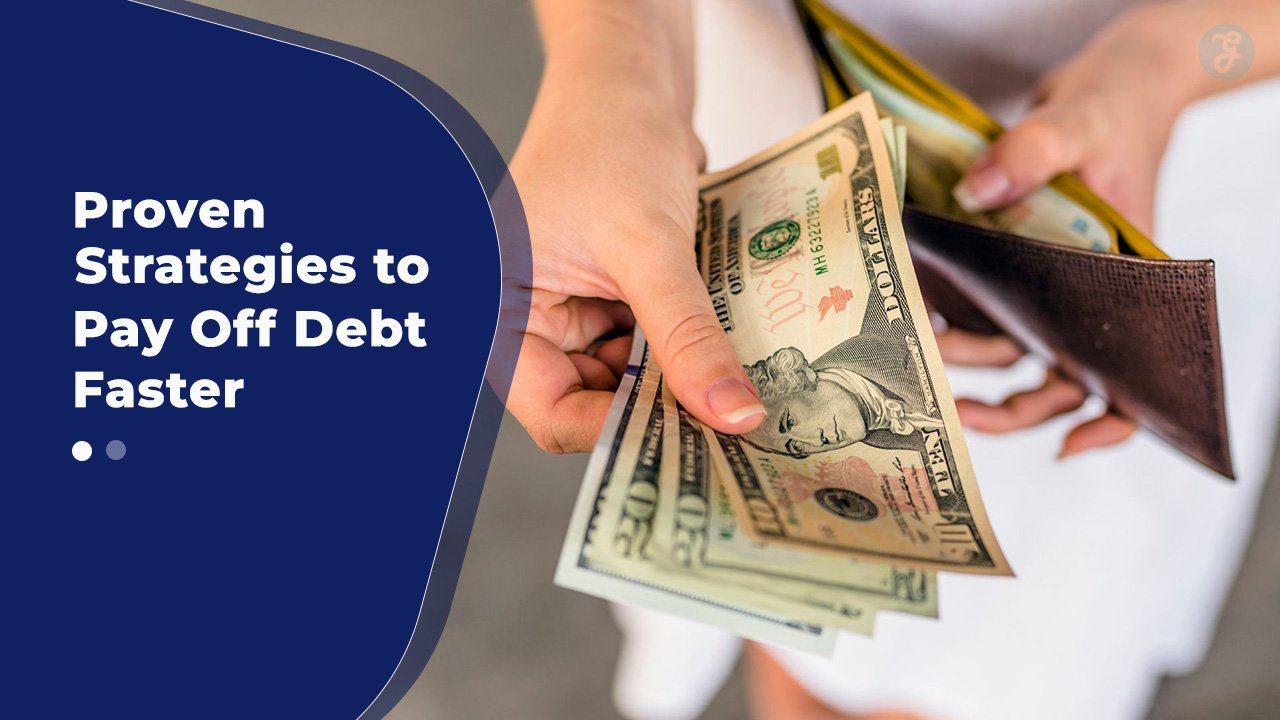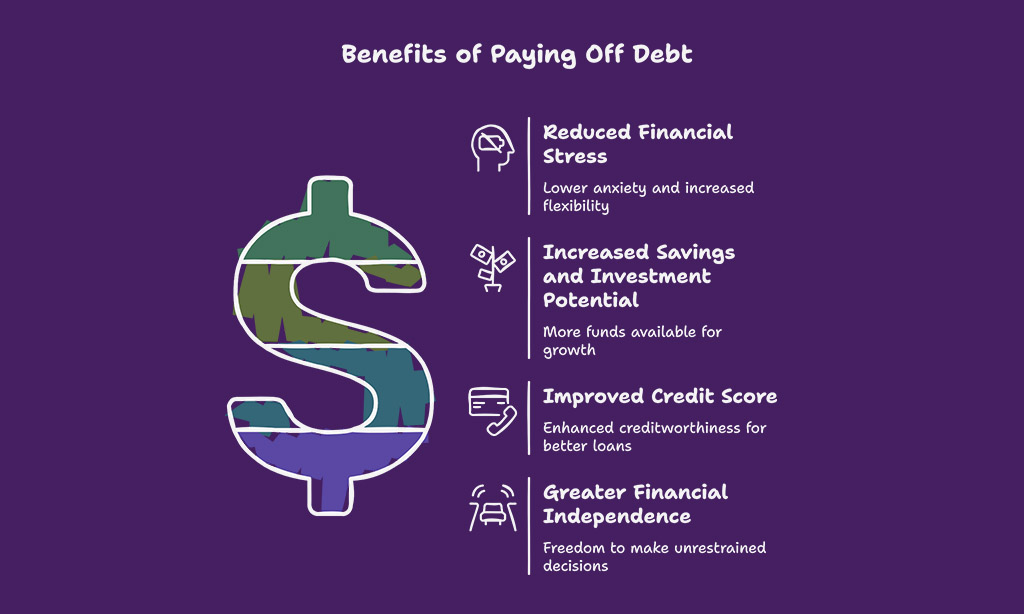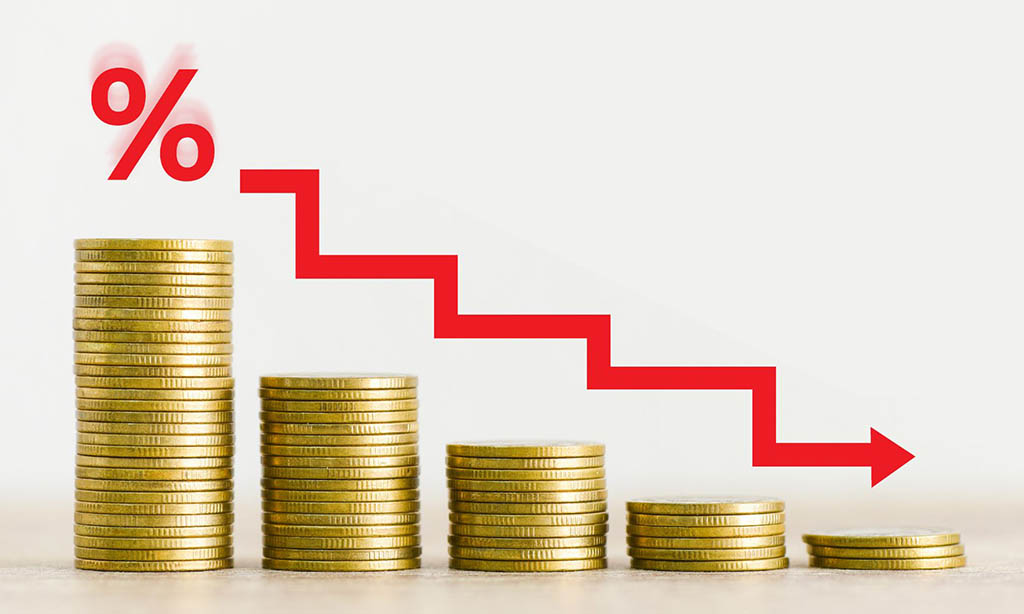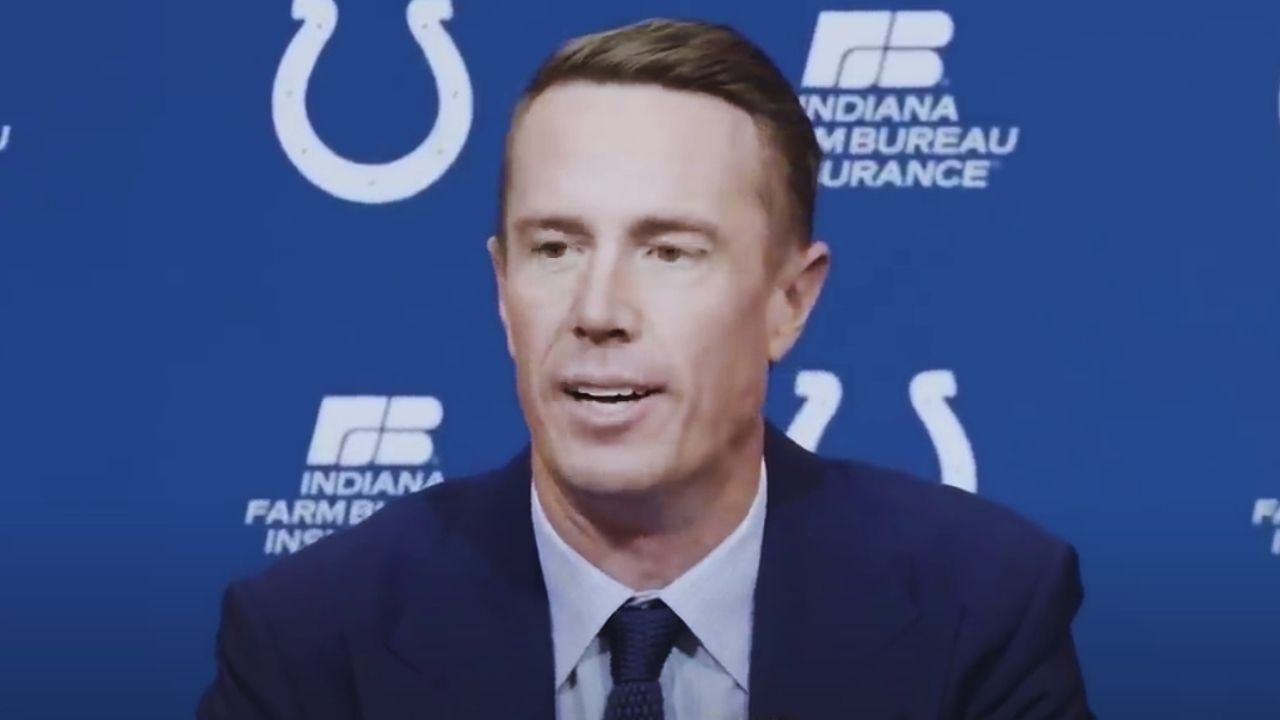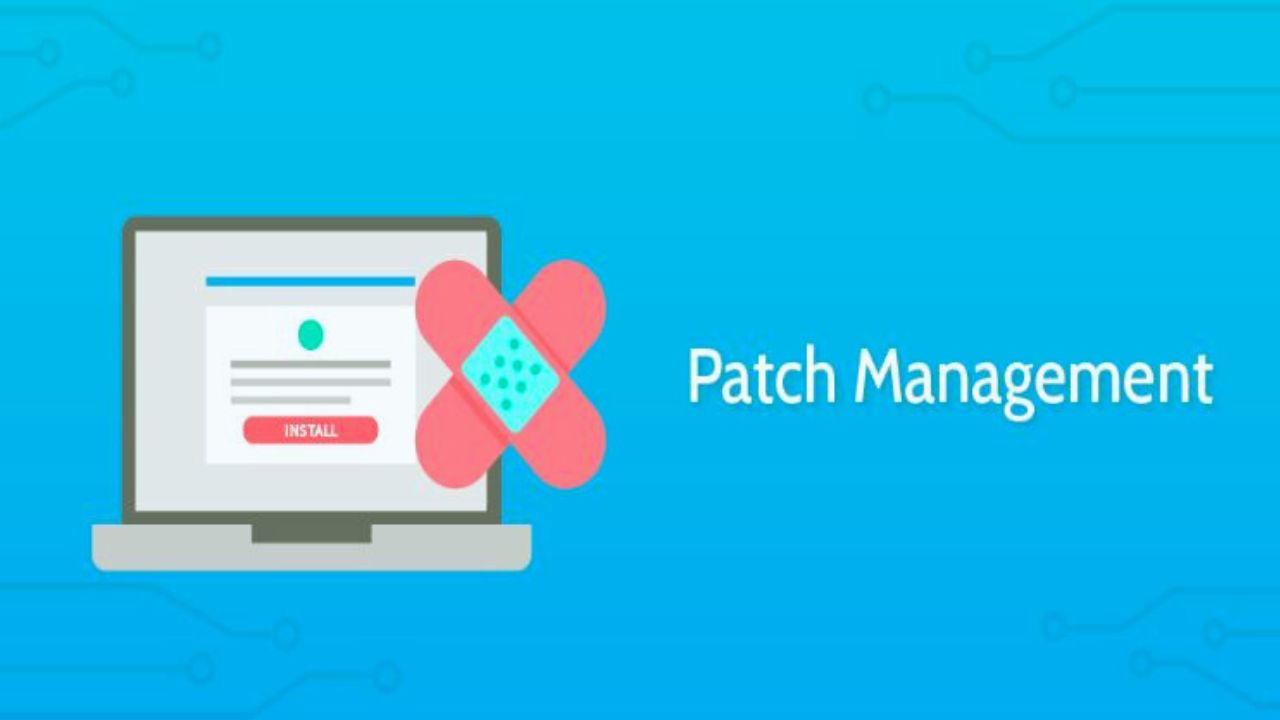Debt can feel like an unshakable burden, affecting your financial stability and mental well-being. Whether it’s credit card debt, student loans, or personal loans, the weight of owing money can slow down your financial progress. But with the right approach, you can take control of your finances and eliminate debt faster than you thought possible.
In this comprehensive guide, we’ll explore 10 proven strategies to pay off debt faster and achieve financial freedom. These strategies are backed by financial experts and real-life success stories. By implementing them, you can reduce interest payments, build a stronger financial future, and regain peace of mind.
You’ll also find tables, comparisons, and practical examples to help you take immediate action.
Why It’s Essential to Pay Off Debt Faster?
- Reduced financial stress: Carrying debt can create anxiety and limit financial flexibility.
- Increased savings and investment potential: The sooner you’re debt-free, the more money you can allocate toward savings and investments.
- Improved credit score and financial credibility: Paying off debt enhances your creditworthiness, making it easier to secure loans with better interest rates in the future.
- Greater financial independence: Becoming debt-free allows you to make life decisions without financial constraints.
- Long-term wealth-building: By eliminating debt, you can redirect your income toward assets that generate wealth.
10 Proven Strategies to Pay Off Debt Faster
Understanding the importance of paying off debt faster can help motivate you to take action. Here’s why eliminating debt quickly is crucial.
Now, let’s dive into 10 proven strategies to pay off debt faster and regain financial stability.
1. Create a Realistic Debt Repayment Plan
The first step in paying off debt faster is having a clear and realistic repayment plan. Start by gathering all your financial statements, including credit card bills, loan documents, and outstanding balances.
List all your debts, their interest rates, and minimum payments in an organized format. Without a structured plan, you may struggle to track progress and stay motivated, which can lead to missed payments or increased financial strain. Setting clear goals and a strategic timeline will help you remain accountable and steadily work toward financial freedom.
Steps to Create an Effective Debt Repayment Plan:
- Gather all your financial statements and list debts in order of priority.
- Calculate your total debt and the interest rates you are paying.
- Set realistic monthly payoff goals based on your income and expenses.
- Use budgeting tools or spreadsheets to track progress.
| Debt Type | Amount | Interest Rate | Minimum Payment | Target Payoff Date |
| Credit Card | $5,000 | 18% | $200 | June 2026 |
| Car Loan | $10,000 | 6% | $350 | December 2027 |
| Student Loan | $15,000 | 5% | $400 | March 2028 |
2. Use the Debt Snowball Method
The debt snowball method helps you gain momentum by paying off the smallest debts first, regardless of interest rates. This approach leverages motivation and behavioral psychology—by seeing quick wins early on, you’re more likely to stay committed to the debt repayment journey.
Paying off small debts first creates a sense of achievement, reinforcing the habit of disciplined financial management. Many individuals find this method highly effective, as it keeps them engaged and prevents the frustration that can come from tackling large debts first.
While the total amount of interest paid may be slightly higher than the debt avalanche method, the psychological benefits make the debt snowball a preferred strategy for many.
How the Debt Snowball Works:
- List debts from smallest to largest.
- Pay the minimum on all debts while aggressively paying extra on the smallest debt.
- Once the smallest debt is paid off, roll that payment into the next smallest debt.
- Repeat the process until all debts are cleared.
| Debt Type | Balance | Minimum Payment | Extra Payment | Status |
| Credit Card 1 | $1,000 | $50 | $200 | Paid Off! |
| Credit Card 2 | $3,500 | $100 | $250 | Paying |
| Student Loan | $15,000 | $400 | $400 | Ongoing |
3. Implement the Debt Avalanche Technique
The debt avalanche method is a strategic and cost-effective approach to debt repayment that prioritizes high-interest debt first. By tackling the most expensive debts in terms of interest rates, this method helps reduce the overall cost of borrowing. While it may take longer to see noticeable progress compared to the debt snowball method, the long-term financial benefits make it an attractive option for those looking to save money.
The key advantage of the debt avalanche method is that it minimizes interest accumulation, allowing individuals to become debt-free faster and with less financial strain. For example, if you have a credit card with an 18% interest rate and a personal loan at 6%, focusing on the credit card first will lead to substantial interest savings.
However, the challenge lies in staying motivated, as larger debts often take more time to pay off. Using financial tracking tools and setting milestones can help maintain focus and commitment to this approach.
| Strategy | Priority | Pros | Cons |
| Debt Avalanche | Highest Interest Debt First | Saves more on interest | Can take longer to see progress |
| Debt Snowball | Smallest Debts First | Motivational quick wins | Might pay more in interest |
4. Consolidate Debt for Lower Interest Rates
Debt consolidation can make repayment more manageable by combining multiple debts into one loan with a lower interest rate. This strategy simplifies payments, reduces interest charges, and can help you pay off debt faster by streamlining repayment efforts. By consolidating high-interest credit card balances, personal loans, or medical debts into a single monthly payment, borrowers can avoid juggling multiple due dates and fluctuating interest rates.
Many people opt for debt consolidation loans, balance transfer credit cards, or home equity loans to achieve this. However, it’s essential to review the terms carefully, as extending the repayment period could result in paying more interest over time.
Ensuring you secure a lower interest rate and maintaining disciplined payment habits are key factors in making debt consolidation an effective tool for financial freedom.
Benefits of Debt Consolidation:
- Lower interest rates compared to credit cards.
- Single monthly payment instead of multiple payments.
- Faster debt repayment when done correctly.
| Loan Type | Interest Rate | Term Length | Monthly Payment |
| Credit Card | 18% | Revolving | $300 |
| Personal Loan | 7% | 3-5 Years | $150 |
5. Negotiate Lower Interest Rates
Many people don’t realize they can negotiate lower interest rates with creditors, yet this simple strategy can lead to substantial savings over time. Lenders are often willing to lower interest rates for responsible borrowers who have a history of on-time payments and a good credit score. By reaching out to your creditors, explaining your situation, and requesting a lower rate, you may be able to secure better terms on your existing debt.
Even a slight reduction in your interest rate can make a significant impact on your total repayment amount, allowing you to pay off debt faster while keeping more money in your pocket.
Additionally, some credit card companies offer hardship programs for those facing financial difficulties, providing temporary relief through reduced interest rates or adjusted payment plans.
Steps to Negotiate Lower Interest Rates:
- Call credit card companies and request a rate reduction.
- Highlight your good payment history as a bargaining tool.
- Consider refinancing high-interest loans for better terms.
6. Make Extra Payments Regularly
Making extra payments can significantly reduce your debt repayment timeline and the total interest paid. Even small additional payments can make a big difference.
Example: Extra Payment Impact
| Debt Type | Balance | Regular Payment | Extra Monthly Payment | Payoff Time Saved |
| Credit Card | $5,000 | $200 | $100 | 2 Years |
| Car Loan | $10,000 | $350 | $150 | 1.5 Years |
7. Temporarily Cut Unnecessary Expenses
Reducing expenses frees up more money to put toward debt, and even minor adjustments in spending habits can make a significant impact over time. By identifying non-essential expenses and cutting back on discretionary spending, individuals can redirect those savings toward paying off outstanding debts faster.
A short-term lifestyle adjustment, such as limiting dining out, canceling unused subscriptions, or negotiating lower utility bills, can lead to long-term financial relief.
Additionally, tracking daily expenses and setting spending limits can help reinforce financial discipline and accelerate the debt repayment process. Small but consistent cost-cutting efforts can compound over time, allowing for quicker debt elimination and greater financial security.
Cost-Cutting Strategies:
- Reduce dining out and entertainment expenses.
- Cancel unnecessary subscriptions and memberships.
- Use cashback and discount programs.
8. Increase Income Sources to Pay Off Debt Faster
Boosting your income accelerates debt repayment and allows you to gain financial stability more quickly. Having multiple income streams not only provides financial flexibility but also acts as a safeguard against unexpected financial setbacks. Increasing your earnings enables you to make higher monthly payments toward your debt, reducing interest costs and shortening the repayment timeline.
There are several ways to generate additional income, such as freelancing, starting a side business, investing in passive income opportunities, or monetizing a hobby. The key is to identify a sustainable income source that aligns with your skills and availability, ensuring a steady cash flow to put toward debt repayment.
By actively working on expanding your income, you can expedite your journey toward financial freedom while improving your overall financial security.
Additional Income Ideas:
- Take on freelance work or part-time jobs.
- Sell unused items for quick cash.
- Use passive income sources like rental properties or investments.
9. Automating Your Debt Payments for Maximum Efficiency
Automating your debt payments ensures that you never miss a due date, reducing the risk of late fees and potential damage to your credit score. By setting up automatic payments, you can stay on track with your repayment schedule and avoid unnecessary financial stress. Many banks and financial institutions allow customers to automate payments for credit cards, loans, and other debts, ensuring a hassle-free process.
Benefits of Automating Debt Payments:
| Benefit | Description |
| Prevents Late Fees | Ensures payments are made on time, avoiding extra charges. |
| Improves Credit Score | Consistent on-time payments contribute to a higher credit rating. |
| Reduces Mental Load | Eliminates the need to remember multiple due dates. |
| Encourages Discipline | Keeps debt repayment a priority by automating fund allocation. |
Steps to Automate Your Debt Payments:
- Set Up Auto-Pay with Your Bank: Schedule automatic payments through your online banking system.
- Allocate a Fixed Percentage of Your Paycheck: Directly transfer a portion of your income toward debt repayment before spending elsewhere.
- Use Budgeting and Financial Tools: Leverage apps like Mint, YNAB, or Personal Capital to track your automated payments and monitor progress.
- Adjust for Cash Flow Changes: Periodically review your income and expenses to ensure you’re contributing the maximum feasible amount toward debt elimination.
By automating your debt payments, you create a consistent, disciplined repayment strategy that helps you become debt-free faster while maintaining financial stability.
10. Seek Professional Debt Counseling
If you’re struggling to manage your debt effectively, consider seeking help from a professional financial advisor or a credit counseling service. These professionals can assess your financial situation, provide personalized advice, and develop a structured debt repayment plan tailored to your needs.
These professionals can assess your financial situation, provide personalized advice, and develop a structured debt repayment plan tailored to your needs. Many nonprofit credit counseling agencies offer free or low-cost services to help individuals regain financial stability.
Additionally, debt relief programs and debt settlement firms can negotiate with creditors on your behalf to reduce the amount owed or establish more manageable payment terms. Below is a comparison of different professional debt assistance options:
Seeking Professional Debt Counseling and Financial Assistance
| Service Type | Benefits | Considerations |
| Credit Counseling | Personalized financial guidance, budgeting help, and structured debt management plans | May require a fee for some services, but many nonprofit options are available |
| Debt Consolidation | Simplifies payments by combining multiple debts into one with a lower interest rate | Requires a good credit score to qualify for favorable rates |
| Debt Settlement | Negotiates with creditors to reduce the total amount owed | Can negatively impact credit score and may involve service fees |
| Bankruptcy Assistance | Legal relief from overwhelming debt through structured repayment or discharge | Severe impact on credit score and future borrowing ability |
Choosing the right debt assistance option depends on your financial situation, long-term goals, and willingness to commit to a structured repayment plan. Always research and verify the credibility of any debt relief agency before enrolling in their programs. However, it’s crucial to research and choose reputable professionals to avoid scams or predatory practices that could worsen your financial situation. Seeking expert guidance can be a game-changer in accelerating your debt repayment journey while ensuring long-term financial health.
- Credit counseling agencies provide customized debt management plans.
- Debt relief programs offer structured repayment solutions.
- Ensure the agency is reputable and avoids predatory practices.
Takeaways
Debt doesn’t have to control your life or dictate your future. By implementing these 10 proven strategies to pay off debt faster, you can take charge of your financial well-being, eliminate debt sooner, and lay the foundation for long-term wealth building.
Becoming debt-free not only relieves financial stress but also provides opportunities to invest, save, and achieve personal goals without the burden of constant repayments. Every step you take toward reducing debt brings you closer to financial independence, giving you the flexibility and confidence to create the life you desire.
Start today—create a plan, stay disciplined, and watch your debt disappear step by step!


